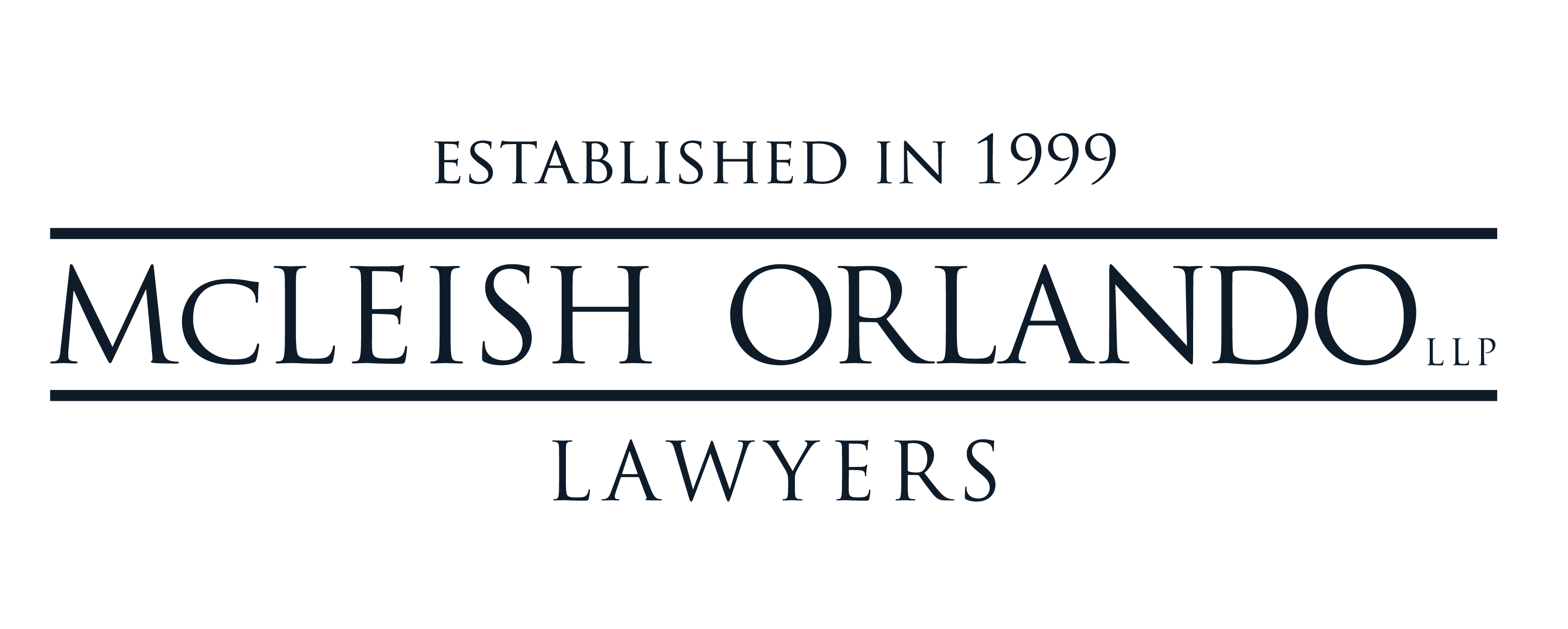Written By: Nick Todorovic, Partner, and Diya Parikh, Summer Student
Background
In the summer of 2018, a mass shooting took place on Toronto’s Danforth Avenue, where fifteen people were shot and two lost their lives. The shooter used a stolen handgun manufactured by Smith & Wesson. In response, some of the victims and their families filed a proposed class action against the company in Price v. Smith & Wesson, [1] arguing that it had failed to include technology in the firearm that could have prevented its unauthorized use.
The case raised important questions about the manufacturer’s responsibility to reduce foreseeable risks associated with its products. The plaintiffs claimed that Smith & Wesson had previously agreed to develop such safety features but ultimately chose not to implement them. Although the motion judge initially allowed the negligence claim to proceed, he declined to certify it as a class action. Both sides appealed, and the Ontario Court of Appeal has now certified the class action, allowing the negligence claim to move forward.
Key Legal Findings
The Court of Appeal dismissed the plaintiffs’ appeals on strict liability and public nuisance claims, holding that these doctrines do not apply to manufacturers in the context of firearms. In particular, the Court reaffirmed Rylands v. Fletcher [2] finding that strict liability does not extend to harm caused by third-party criminal misuse of products, and that public nuisance does not arise from the lawful manufacture of firearms. However, the Court upheld the viability of the negligence claim, finding that Smith & Wesson arguably owed a duty of care in these circumstances.
The Court emphasized that the risk posed by stolen firearms is not only foreseeable, but foreseeable in a way that is distinct from other consumer products such as vehicles or knives. Firearms are designed specifically to injure or kill, making the potential consequences of unauthorized access both severe and predictable. Additionally, the Court rejected the idea that a third party’s criminal conduct severs the chain of causation, reasoning that such conduct may be the very kind of harm that the alleged negligence was intended to prevent.
Class Proceedings Act’s Certification Standard
A key part of the Court’s decision concerned the standard to certify a class action. The Court reiterated that the certification stage is not intended to assess the merits of the underlying claim but rather to determine whether there is some factual basis for the proposed common issues. This “low bar” approach reflects the principle that plaintiffs are not required to prove their case at the certification stage but are only to demonstrate that the common issues have a basis in fact. By making this distinction, the Court reinforced that the certification process is designed to facilitate access to justice and ensure that potentially meritorious claims are not prematurely dismissed due to a burdensome evidentiary standard.
Implications for Future Lawsuits
This decision carries important implications for Canadian tort law, particularly in the realm of product liability. It affirms that firearm manufacturers may be held liable for injuries resulting from the foreseeable criminal misuse of their products, recognizing a heightened duty of care for producers of inherently dangerous goods. The Court’s reasoning shows that foreseeability and proximity can exist even where harm is caused by third-party criminal conduct, provided that such harm falls within the scope of the risk the manufacturer could have reasonably anticipated.
Additionally, by reaffirming a flexible and plaintiff-friendly standard for class action certification, the Court has signaled a broader willingness to permit collective litigation in complex cases. What stands out in the Court’s decision is its certification of punitive damages as a common issue. This suggests that manufacturers who knowingly overlook safety risks may still be held financially accountable, even if they have some legislative immunity, particularly if their actions are found to be reckless or egregious.
Conclusion
The Danforth shooting raised tough questions about accountability in the face of tragedy. While the Court of Appeal limited some claims, its decision to let the negligence class action proceed sends a clear message that manufacturers of dangerous products like firearms cannot ignore foreseeable risks. The ruling also reinforces that class actions remain a vital tool for access to justice, especially in cases where individual lawsuits may not be practical. As the case moves ahead, it could shape how courts handle responsibility in an era where safety technology is increasingly within reach.
SOURCES:
[1] Price v. Smith & Wesson Corporation, 2025 ONCA 452 (CanLII)





